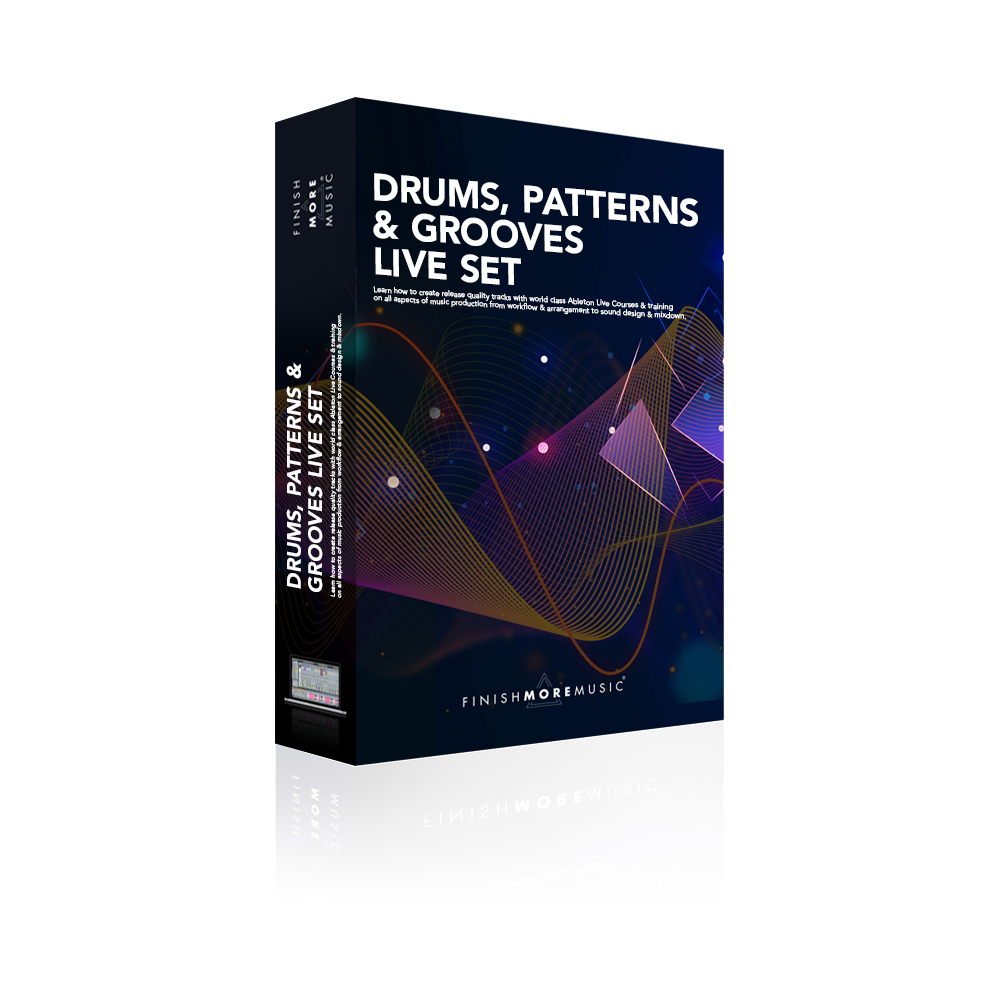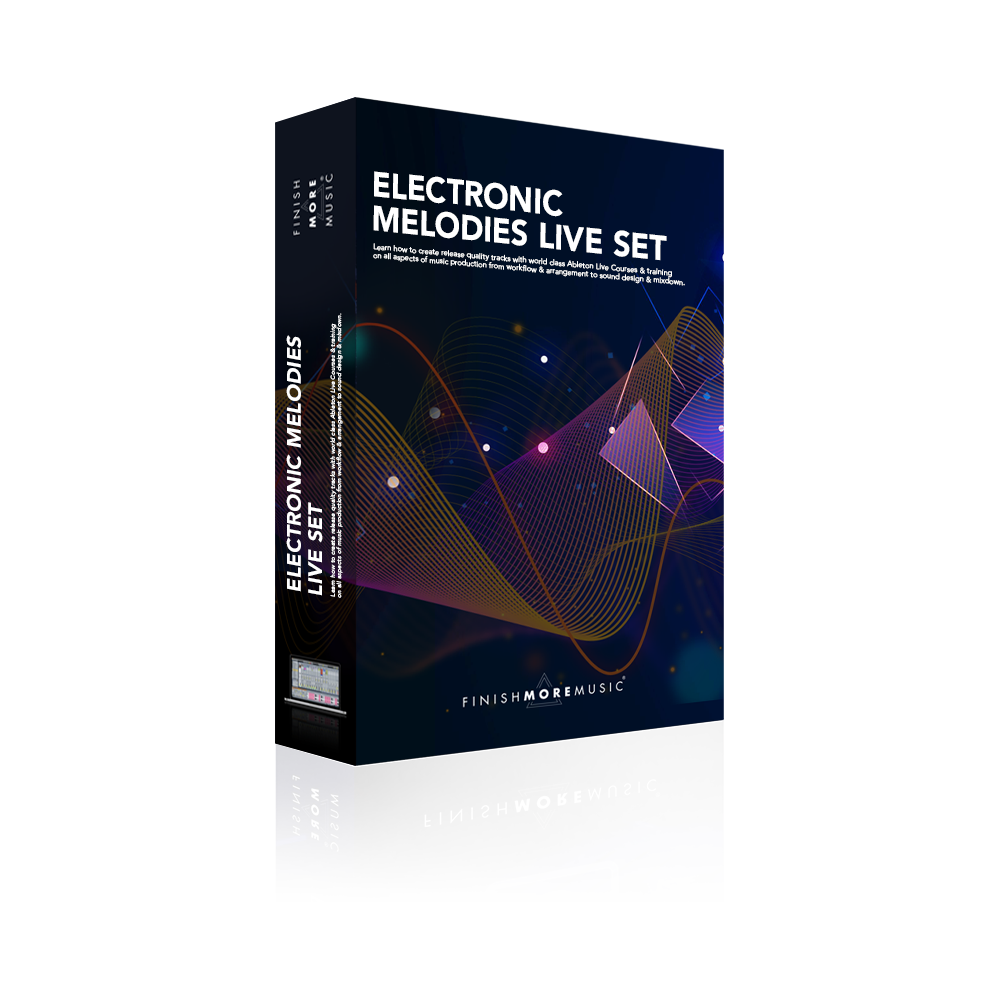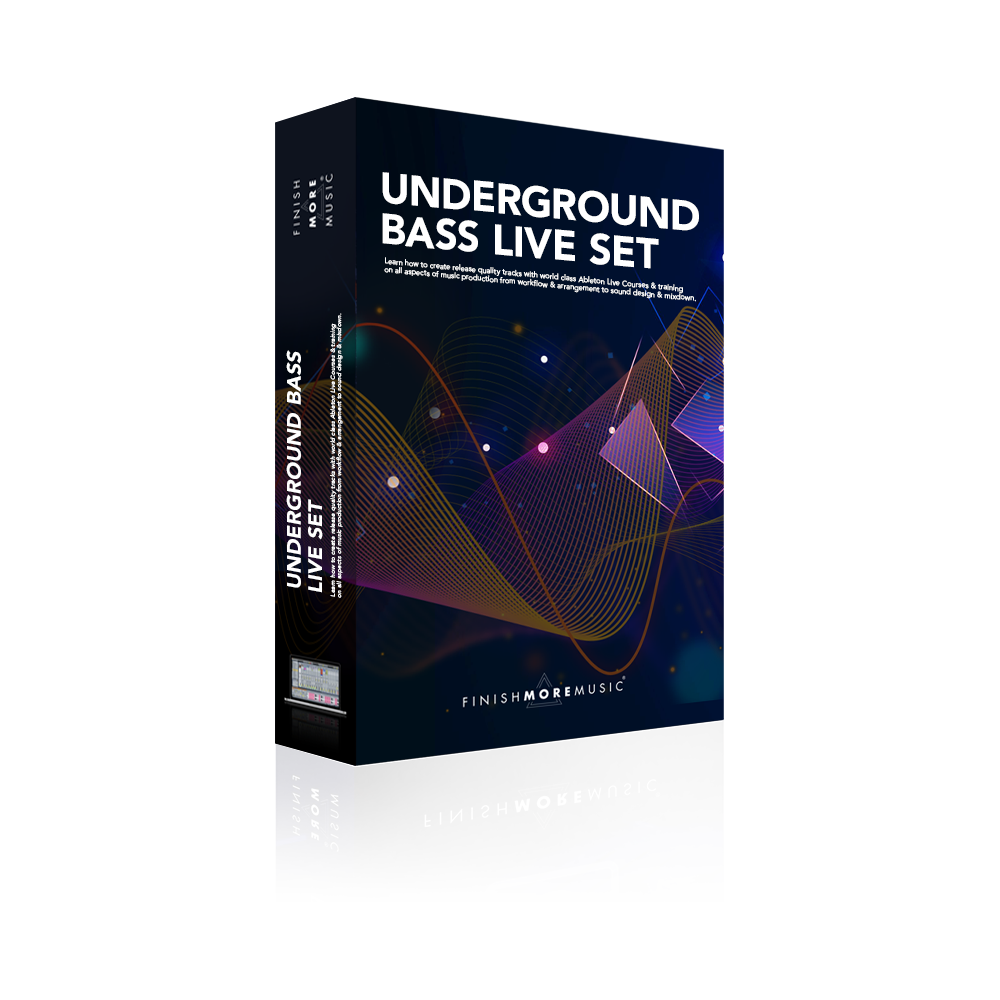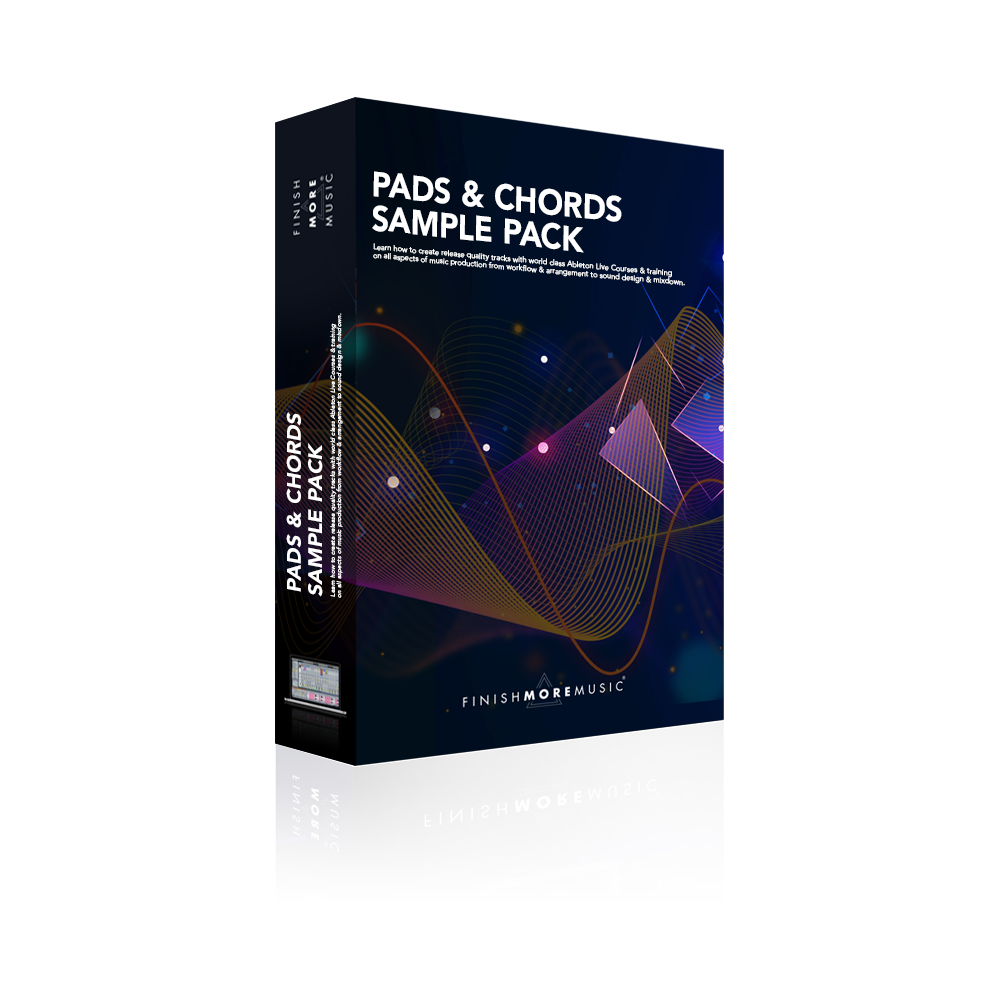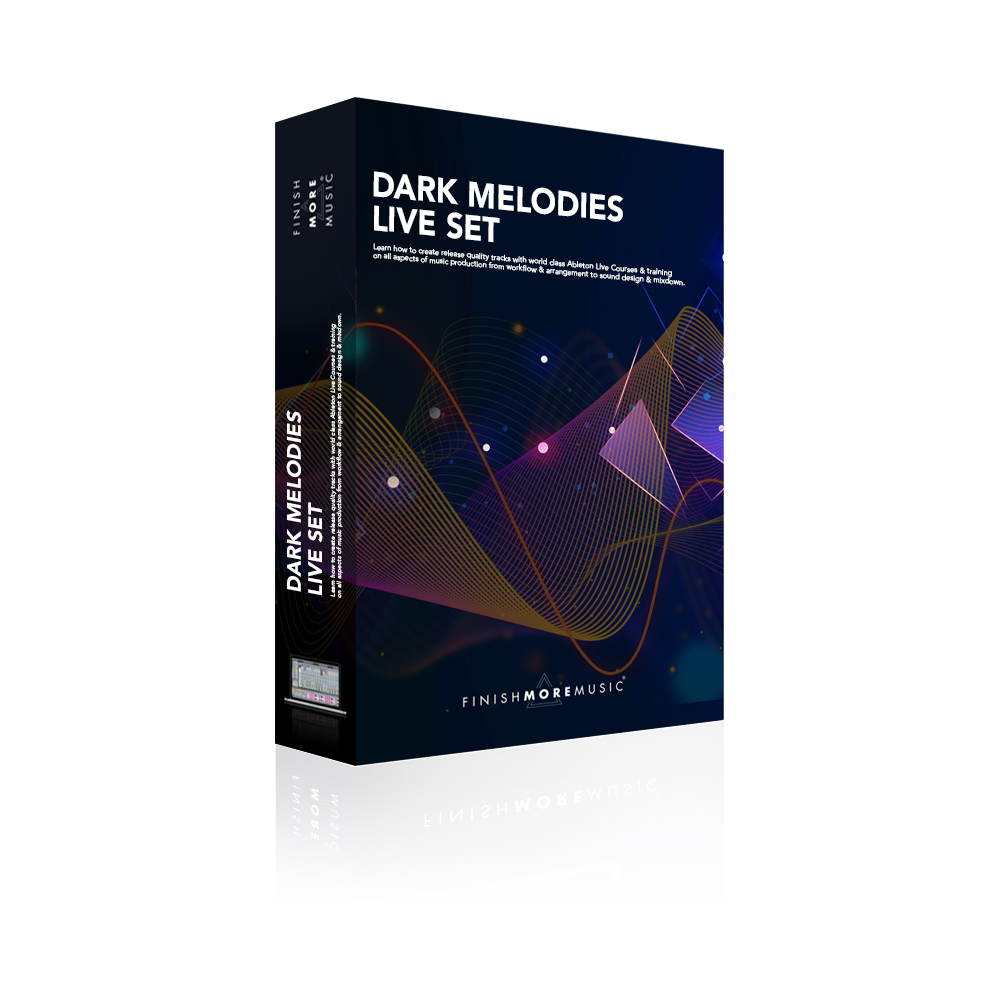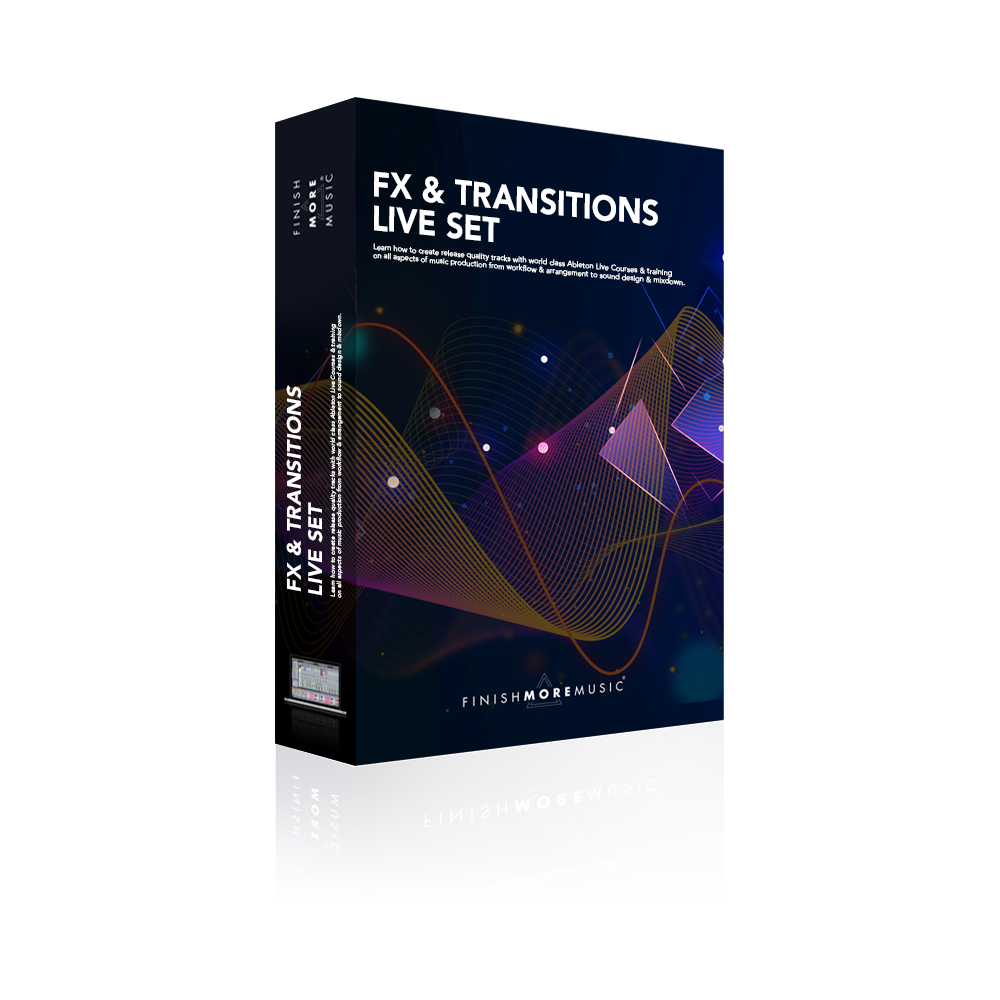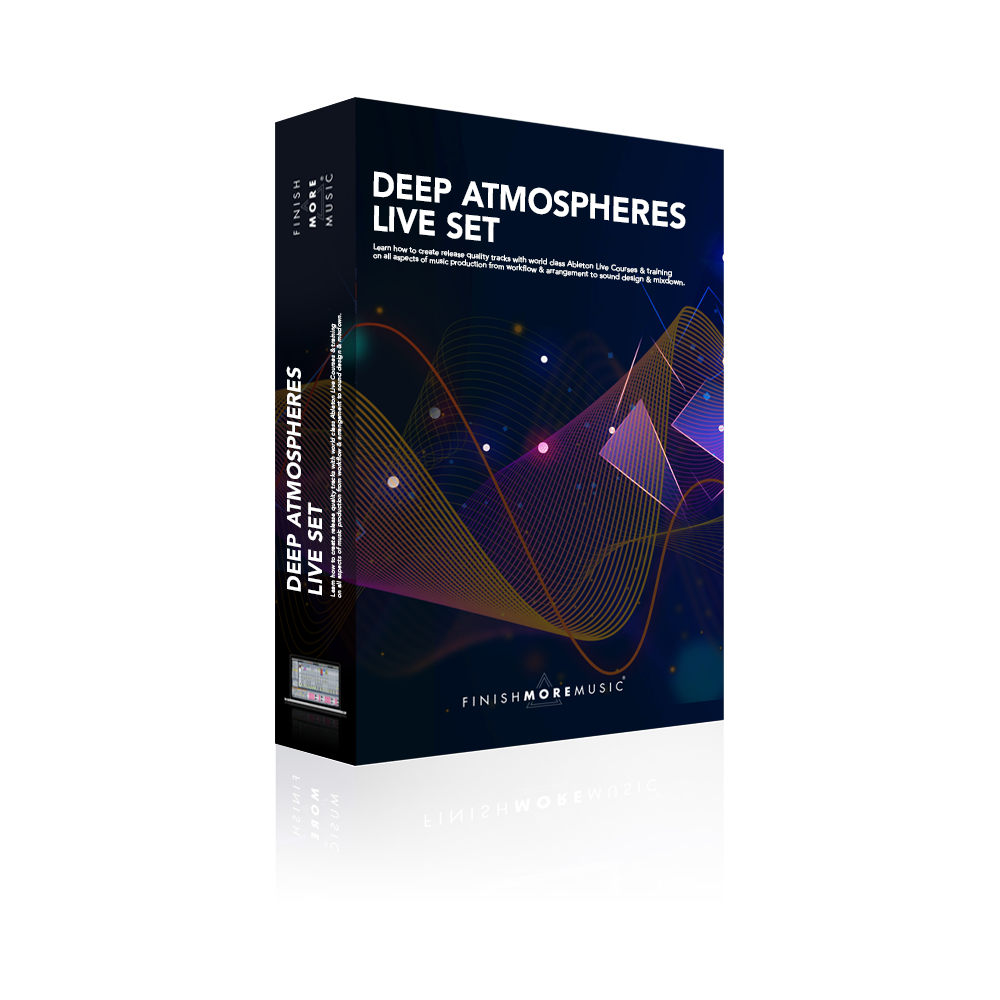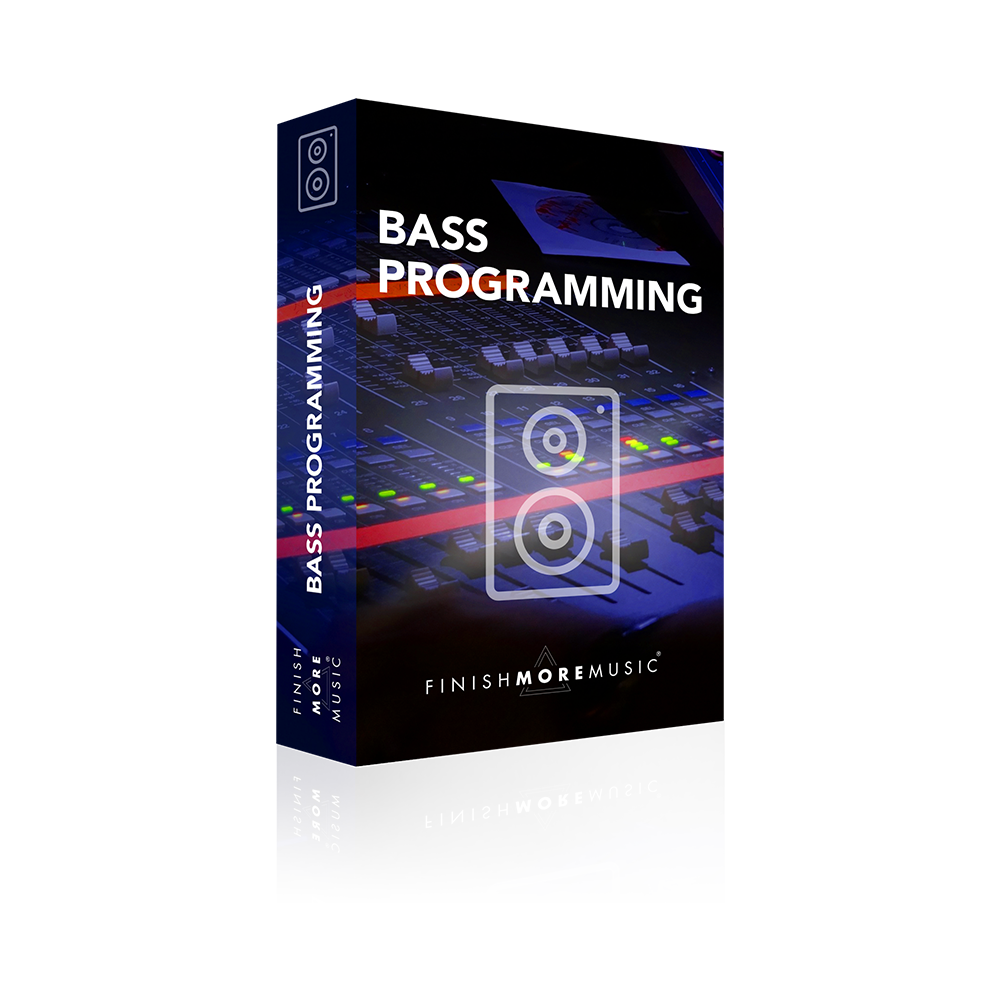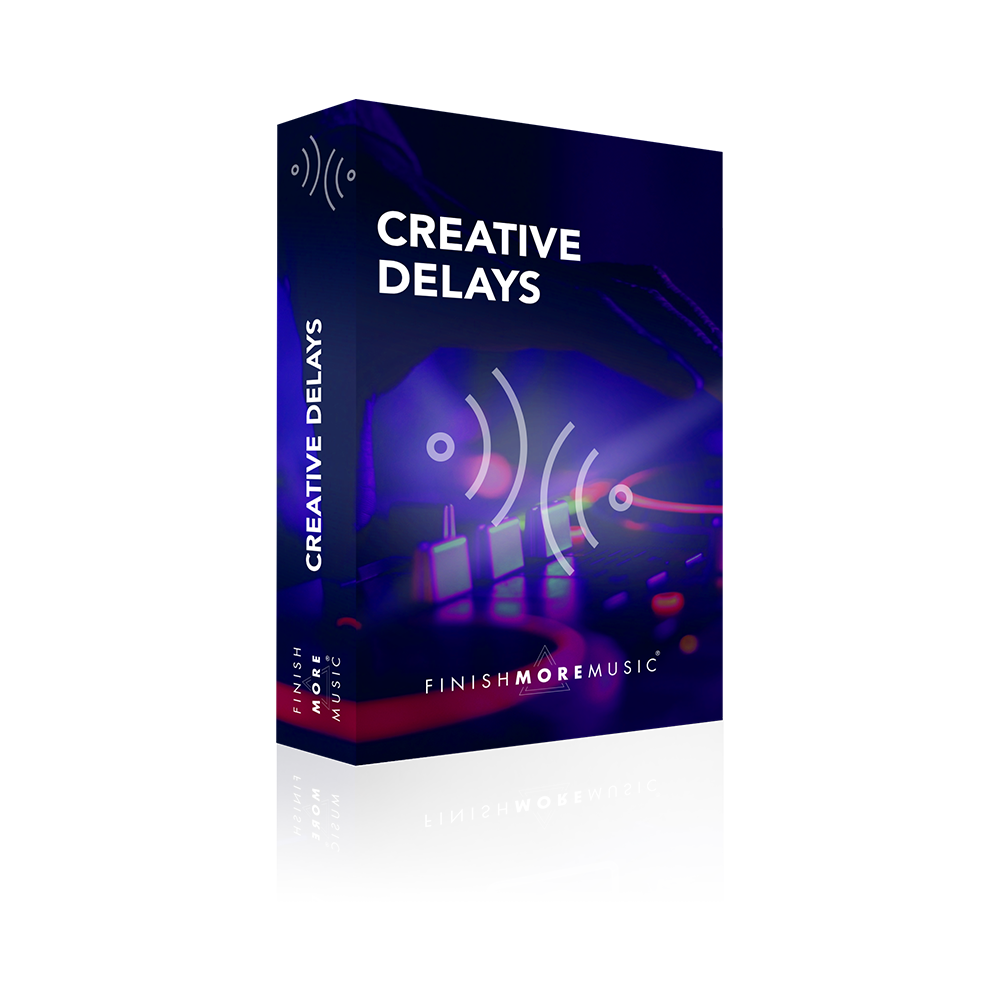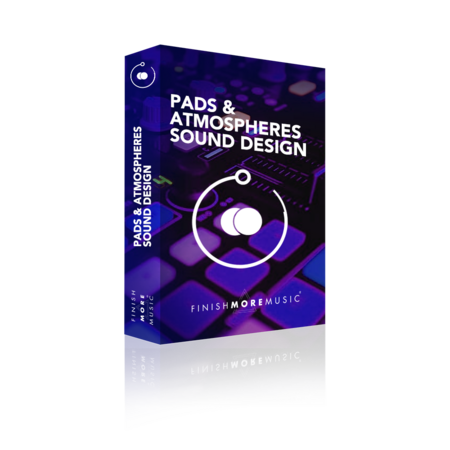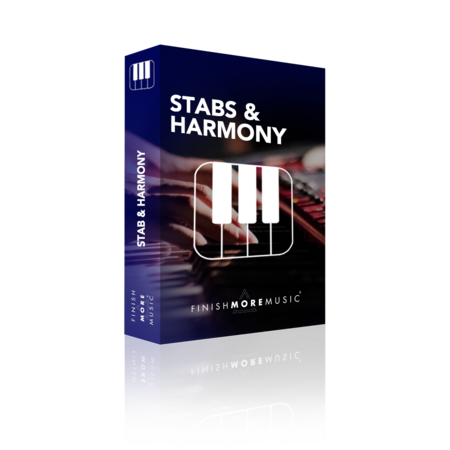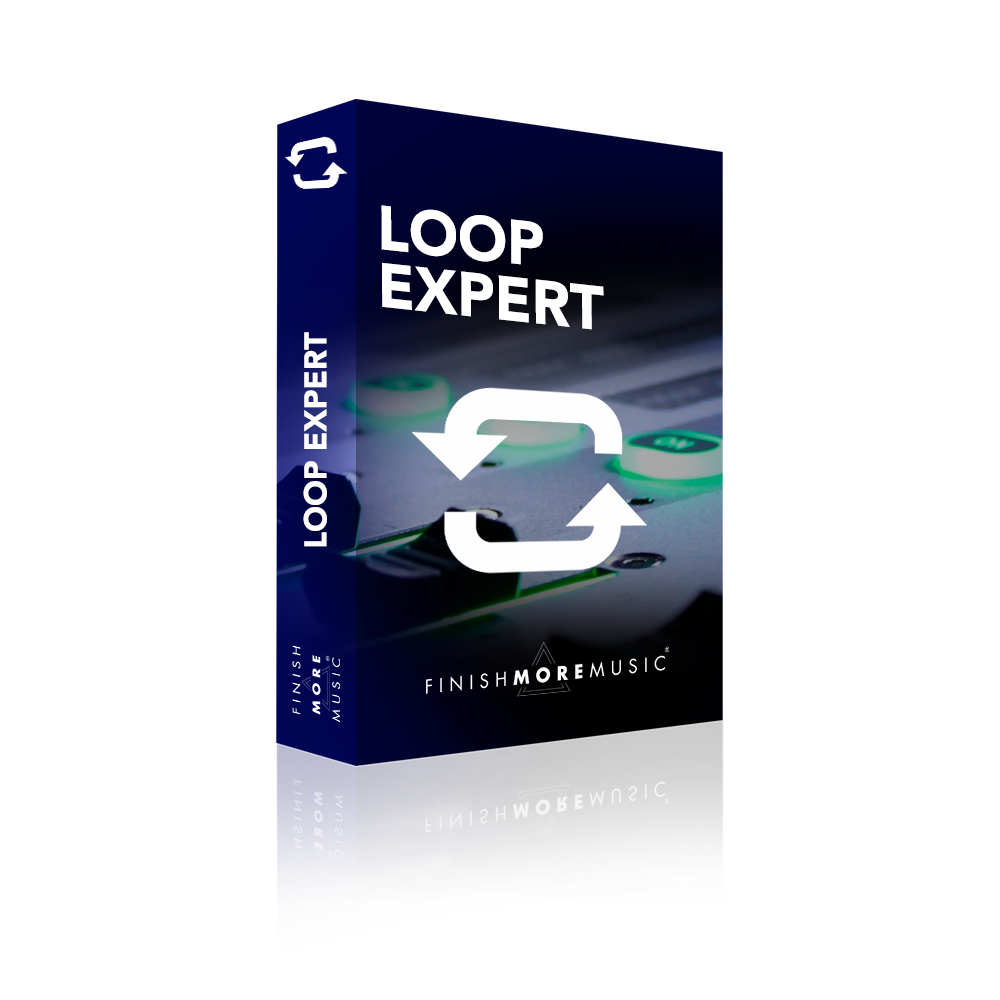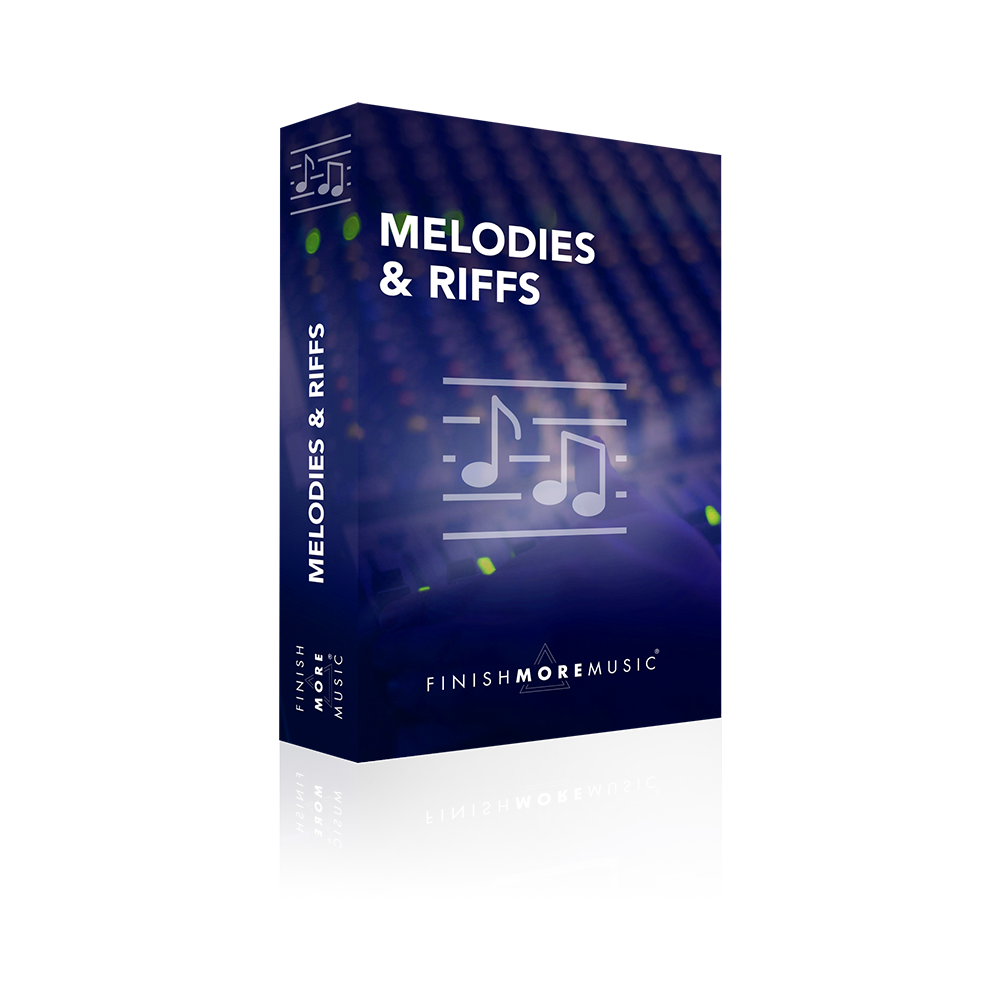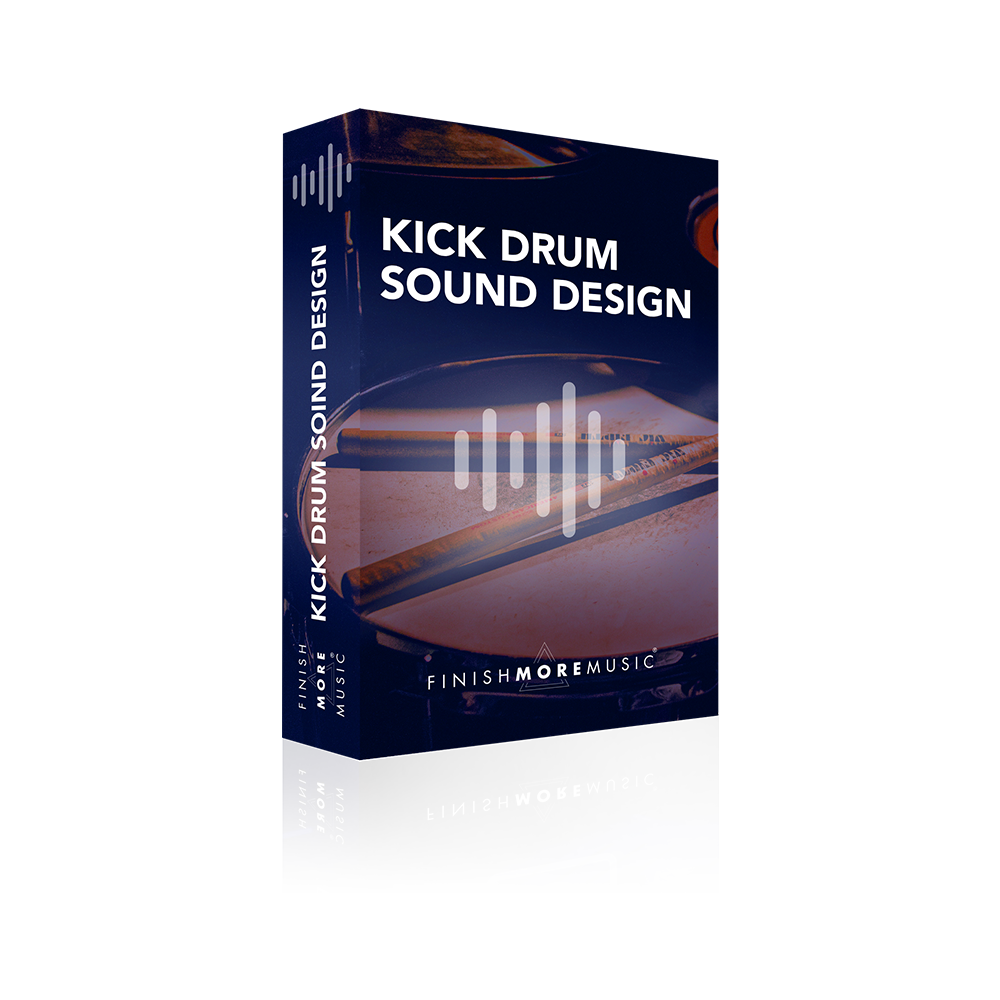The never ending pursuit of a unique, warm and rich bass sound is every producer’s bug bear. We surf presets, emulate our favourite artists and endlessly search YouTube for the perfect tutorial. Well I’m here to break the trend and tell you that almost any sound you can record can be shaped and sculpted into a quality bass sound for your music. Check out this week’s tutorial where I turn the sound of a bottle being flicked into a warm, rich bass sound using basic filtering, sampling and processing techniques.
Transcript
Okay, so this time let’s explore the other sample which is this bottle that’s getting struck in some way. So I’ve loaded it up into the sampler, it sounds like this, and you can hear straight away it’s really tonal. It’s going to lend itself really nicely. This could be, for example, some nice percussion tone or percussion. I’m thinking probably bass sound, that’s what I like making resounds like this, so that’s the route that we’re gonna go down. Now, before I do anything with it, I just want to make sure it’s tuned correctly to my keyboard. So whenever you’re using a found sound or even a sample from a pack, it’s best to make sure that when you press a C on your keyboard, this sample is playing a C as well. So at the moment if I press C, this is kicking out an F. So I need to transpose this up by seven semitones because the original sample was made F, and when I press C3, it will play back at that default F, but I don’t want that. I want it to play back at a C as well and that way if I’m programming bass lines melodies, whatever it might be, I know that it’s going to be matching my keyboard and I can get everything in key. So now when I press C, this is pressing a C. Now if I wanted to tune this precisely, I’d grab a sine wave from you know any synth basically and I would play the exact same note and I would just adjust the detune on this until they were both playing much more tightly. But I’m not going to waste time getting the absolute fine tuning right. I just want to know that I’m roughly there on my keyboard, which we are at the moment. So if we’re going for bass, I need to play much much lower, even lower than that. There we go, so that’s a low G and straightaway we’re in there. Now I’m going to take the percussive star out of this sound. So let’s zoom right in on this and we’ll take that early part out, let’s go for where it’s kind of approaching, so it’s a little bit more uniform, maybe here. That’ll do me. Now you could use the percussion in, you could have this as a kind of percussive bass. I just want to make sure that I’m getting one of the zero crossings which is basically where the waveform is intersecting our zero line and this will mean we won’t get any nasty clicks and pops. There we go, nice deep sound, I like it. And let’s go and mess with our envelope. Now, the envelope that I’ve got here in this sampler is a little bit limited so I want saying with a tiny bit more complexity to have a very specific shape that I go for these kind of sounds. So I’m going to just upgrade this to sampler which just gives us a few more bells and whistles to play with. And we’re gonna look at the amp envelope. So what I’m going to do is rather than be restricted to this really sort of very tight transient at the beginning, instead I’m going to bring the attack out and bring the initial point upwards, and if I just bring this down you’ll see what I’m up to the way that I’m rolling with this and then let’s set the attack. Somewhere around there will work nicely and then I’ll bring this decay in. Perhaps have been too tight for me, and let’s have a bit of release on this. Interesting sound. Okay let’s zoom out now. I’ve just realized I may not -. Hey, it’s a decent volume you’ll be able to hear this fun. So it’s still got a bit of that percussive tinge in the top-end. Let’s get rid of it with a filter. I don’t want to move too far into the sample, I could go just sub-base which it seems to you know the resonant part of this sample but I want a little bit of character at the beginning. So let’s bring the filter down and now I’ll turn this up in fact I tell you what we’ll do, we’ll overdrive the filter on this as well now. So I’m going to select a filter that’s got a bit of character modeled after a kind of analog filter and let’s crank up the drive, have to take a tiny bit off of the main volume so I can have a little bit more to play with on the drive, and already we have got a lovely lovely bass sound. And you can explore things like we’ve got a shaper here. Let’s give this a go add a bit of grit to it. Going to have to take a little bit off for the volume, and that’s just added a little bit of grit and character and then let’s just see I can see we need to do a little bit of tidying up with an EQ and then I think we’ll call it a day because it’s already sounding pretty damn good to me. In fact, I tell you what before we do we could add a little bit of punch to this another nice trick for your bass line so might as well dive dial some in. Similar to how you make a kick drum, what we’re gonna do here is go up by two octaves on the pitch envelope so what’s going to happen is the sound will start to octaves higher and then we’re going sweep it down really really quickly, normally spent like a hundred milliseconds works and it gives you a nice bit of punch to the sound. You can hear what we’re doing, but I want to go really tight I just want a little bit at the start. I’m gonna take a bit of this saturation off or maybe even this drive, one of the two. There we go, a little bit cleaner and then finally let her a touch of EQ just to clean up the low-end on this, go with a nice tight Q.
I tell you what, just for fun let’s see what happens if we use a little bit of a boost on the low-end and again I’ll just turn that down a touch so if you remember we started with a sound of a bottle being flicked and we’ve now ended up with a massive sounding bass and it looks like it’s already in mono so I don’t need to worry about snapping in. We’ve already got same pretty damn huge to work with and and again think of all the different samples you could put in and all the different variation. Even with this, you could have a nice percussive attack on it if you wanted to allow a little bit more of a high end or a little bit more of the start at a sample. So there you go again from a found sound very very quick this time we’ve made a baseline.
I’ve released a brand new, totally free ebook for you called Creative Strategies for finishing more music. It features some of the world’s top underground producers sharing their inside tips on how to be prolific, handle creative pressure, turn your inspiration into finished tracks, and give yourself that important edge in the music industry. The ebook has 15 pages rammed with insights and workflows from some of the world’s biggest underground music producers including John- O Fleming, Schlow MeHaba, Claude Young Jr, and Mark Jenkins, and there’s loads more. The ebook is totally free for you so dive over to finishmoremusic.com/ebook and grab yourself a copy now.
Thank you for watching
I really appreciate you tuning in and I hope you’re enjoying the tutorials and taking some real value into your music sessions.
If this video resonated with you and you feel it will have a positive impact on the people you know, please share it by using the social media buttons you see at the bottom of this page.
To make sure you are always the first to know when a new video lands: Subscribe to the FMM Youtube channel here.
Let me know how you get on with the techniques I showed in the videos and if you have any suggestions for future tutorials, ping me a message on Instagram (@IamKeithMills)

